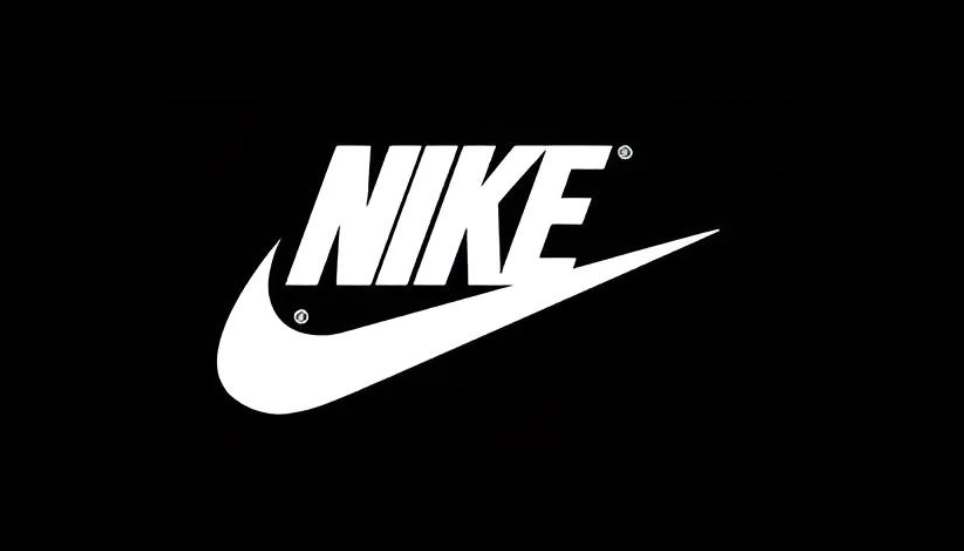Building a Strong Brand: A Comprehensive Guide to Effective Branding
In today’s highly competitive market, building a strong brand is essential for the success of business. Branding is no longer just a logo or a catchy tagline but with the changing time it has evolved into the essence of your business. It is the overall perception and image of your company in the minds of customers, client’s even stakeholders.
A strong brand can differentiate your business from competitors and create a lasting impression on consumers and will lead to increased brand loyalty and customer trust.
In this blog we will explore the key elements of effective branding for building a brand that resonates, engages and stands the test of time.
What is Branding?
Branding is the process of creating a unique and different identity for a company, product or service in the mind of public. It involves so much more than a logo or visual identity.
Branding is about all the interactions that a customer or client is going to have with your business or brand. From website to social media and even how the support team deal with the customers branding include everything and all these elements plays a major role in shaping a brand.
Branding helps businesses in creating a desirable perception of one’s brand in consumer’s mind, which eventually heightens loyalty and trust.
A strong brand offers several advantages:
- Differentiation: A strong branding helps to distinguish a company from other brands or competitors.
- Customer Loyalty: When customers feel an emotional connection to a brand, they are more inclined to remain faithful despite the availability of products that are similar by competitors.
- Premium Pricing: A well-known brand can charge higher prices because customers see additional value either by virtue of quality, status or experience.
- Trust and Credibility: Successful branding helps businesses to earn customer trust. A good brand earns it’s customers’ trust by using top branding strategies which make customers choose them over competitors.
- Long-Term Success: Brand’s with strong branding strategies experience longevity and stability in the market.
Key Elements of Successful Branding
1. Brand Strategy
A brand without a strategy is like a ship without rudder. A brand strategy is a blueprint that guides businesses in every step of their branding and it also helps in defining your brand’s purpose, vision, goals and the unique position they have in the market.
Important Factors for Building Successful Brand Strategy:
Purpose – To build a strong brand strategy it is vital to define your brand’s mission and core values.
Audience – Identify your ideal customer, their needs, desires, and pain points.
Positioning –Determine where your brand stands in the market and how it differentiates from competitors.
Voice -Establish a brand voice that reflects your values and resonates with your audience.
Once you have a clear strategy, it’s easier to communicate your brand’s message and provide a cohesive experience for your customers.
2. Brand Identity

Elements of Brand Identity:
Logo – A logo is a significant component of corporate identity, just like a face represents a human being; therefore it should be attractive to look at and reflect what your enterprise stands for.
Color Scheme – Various colors convey various feelings in individuals. Therefore, chose a color palette which corresponds to the character of your organization while captivating to the people whom you aim for.
Typography – Fonts also play a role in communication about corporate identity. Choose letter types which are easy to read and fit the tone of the company’s voice.
Packaging – Product packaging must mirror a business’ image and improve customer experience. This need becomes critical when dealing with retail businesses.
The perfect example of successful brand identity is Nike, who iconic swoosh logo and empowering slogans have created a brand that is easily recognizable. Their consistent brand elements have really helped them in establishing their selves as a global brand.
3. Brand Messaging

Tips for Crafting Effective Brand Messaging:
Keep it Simple – Avoid using difficult terminologies or confusing expressions because they send the wrong signals on your part. Thus, making things simple ensures clarity in communication.
Focus on Benefits – A brand should highlight the benefits your customers will experience from your product or service.
Consistency – Make sure that all channels including advertising are communicating one message consistently.
Take Coca-Cola as an example. Their messaging revolves around happiness and togetherness, with taglines like “Open Happiness” this message reflects their brand’s emotional core. This consistency across all their communication reinforces their brand identity.
4. Customer Experience
Your brand is not only determined by what you say, but also by the emotions you are able to evoke in people. Each engagement that a client has with your business influences their view of your brand. Therefore, for customer loyalty to be achieved there must be a uniform and uplifting customer experience across board.
Consider Zappos, a brand famous for its exceptional customer service. Their brand promise of customer-centricity is reflected in every interaction, from their generous return policies to personalized customer care. This has earned them one of the most loyal customer bases in e-commerce.
5. Brand Consistency
Ways to Ensure Brand Consistency:
Create a Brand Style Guide – By creating a style guide outline you can create a consistent brand. This guide should include all the rules and parameters of using elements such as colors, fonts etc.
Monitor All Touchpoints – From your website to social media, advertisements, and customer service make sure every point of interaction align with your brand’s identity.
6. Brand Evolution
A brand cannot be static it should be able to evolve along with market changes, shifting consumer tastes and technology. But this does not mean that you should change your brand’s core identity. To successfully evolve as a top brand it is important to keep the essence of your brand unchanged while adapting to modern trends and needs of customers.
Some of the world’s most successful brands, such as Coca-Cola and Apple, have managed to stay relevant by evolving their branding without losing their core identity.
The Role of Branding in Building a Strong Brand
Most businesses face challenges in creating & implementing an efficient branding strategy for themselves. This is where brand making companies comes to play. Through top Branding Services providers companies can develop a strong brand identity for their selves which will help them to flourish in the competitive market.
Branding services are particularly useful for companies that are undergoing rebranding or those who are just entering into the market. Having strong identity helps in communicating the brand’s values and missions which further bring more success.
Case Study for Strong Brand Identity

One of the most noteworthy examples of branding success is Apple. When Steve Jobs returned to the company in 1997, Apple was on the edge of failure.
By shifting brand’s focus to simplicity, innovation and emotional connection they successfully repositioned itself as a global leader in technology. Their “Think Different” campaign, minimal product design and seamless user experience help the brand to just survive but it helped them thrive.
How to Measure the Success of Your Branding Efforts
Branding is an investment, and like any investment, you need to measure its effectiveness. The following are ways to measure the success of your branding:
Brand Awareness – The first parameter for measuring success with regard to branding is the awareness of a brand in people’s minds. This can be easily measured by businesses through surveys, media metrics, or website traffic flow.
Customer Loyalty – It is one of the biggest factors that majorly account for the success of a brand. To measure success businesses should consider factors like customer loyalty, retention rate, repeat purchases and customer lifetime values etc.
Market Share – Market share plays a major role in brand’s success. To maintain a brand identity it is important to check your brand’s position in the market and the timely analysis should also be conducted.
Engagement – Volume of social media activity, percentage of opened emails, attendance to your events. All these factors give an indication of how well one is connecting with the people buying from them.
Revenue Growth – Revenue is vital factor of business success. Consistent revenue growth, especially in competitive markets, is a key marker of branding success.
Conclusion
Branding is not a single time project – it’s a long term investment that requires constant nurturing. By defining a clear brand strategy, creating a cohesive identity and delivering consistent messaging businesses build a brand identity that stand out and shine differently in the market.
By investing in brand strategy and planning services your brand can differentiate itself, build lasting customer loyalty and achieve long term success in an continuous evolving market.